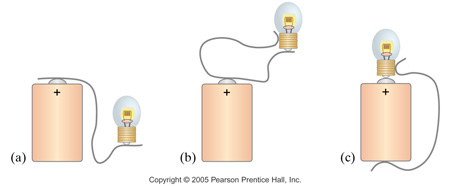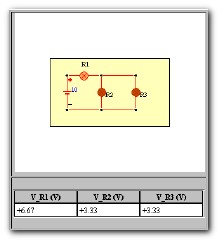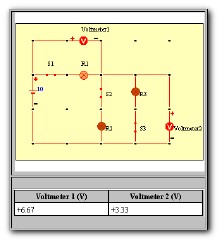Open/Closed/Complete Circuits
So, what makes a circuit complete or incomplete? Open or closed? Use the following illustrations to help you discover some important aspects of open/closed or complete/incomplete circuits as well as some common parts to a circuit.
Click the image below to view the animation.
Click the image below to view the animation.

What is wrong with each of the schemes shown above for lighting a flashlight bulb with flashlight battery and a single wire?
For part (a) there is no closed path for the charge to flow around. Charges might briefly start to flow from the battery toward the light bulb, but there they run into a dead end, and the flow would immediately come to a stop. For part (b) this is a closed path passing to and from the light bulb; but the wire touches only one battery terminal, so there is no potential difference in the circuit to make the charge move. Part (c) has a complete circuit and the light bulb should light. Charge can flow out from one terminal of the battery, through the wire and the bulb, and into the other terminal. This is the only working scheme.
|

